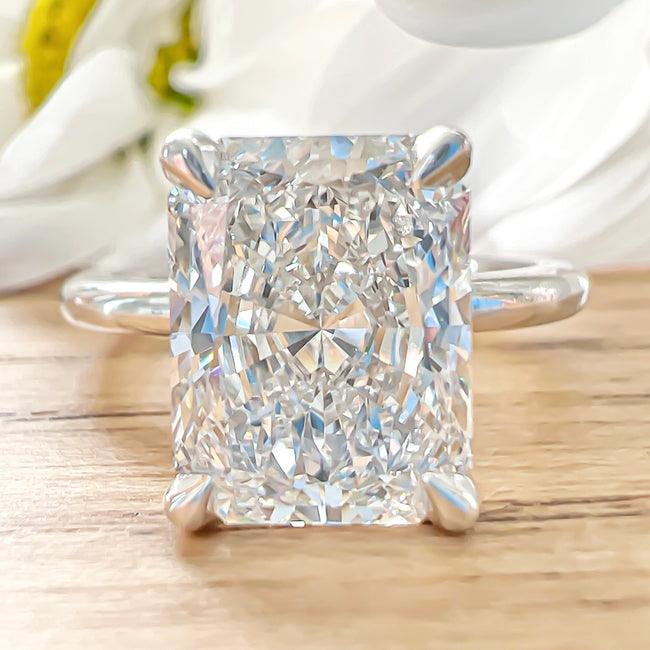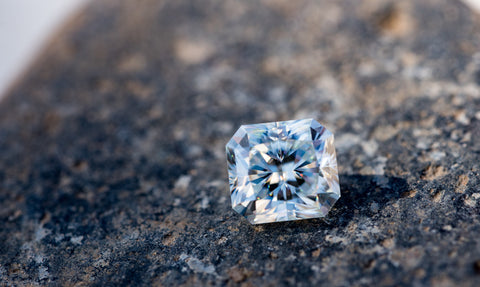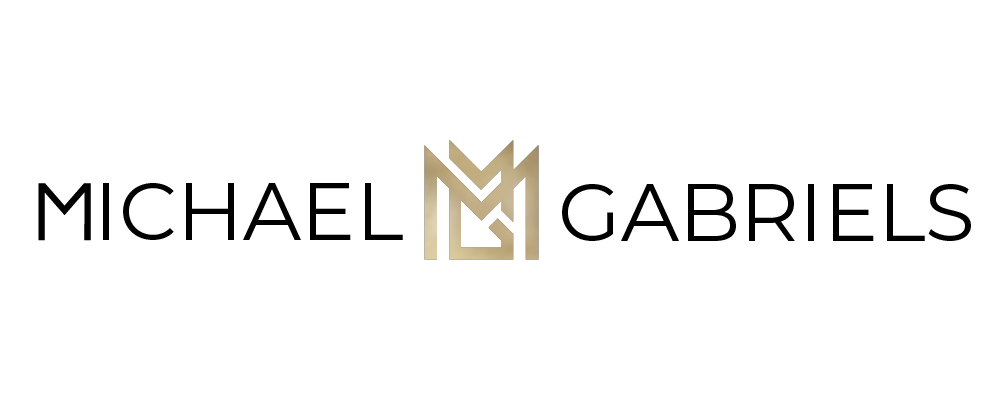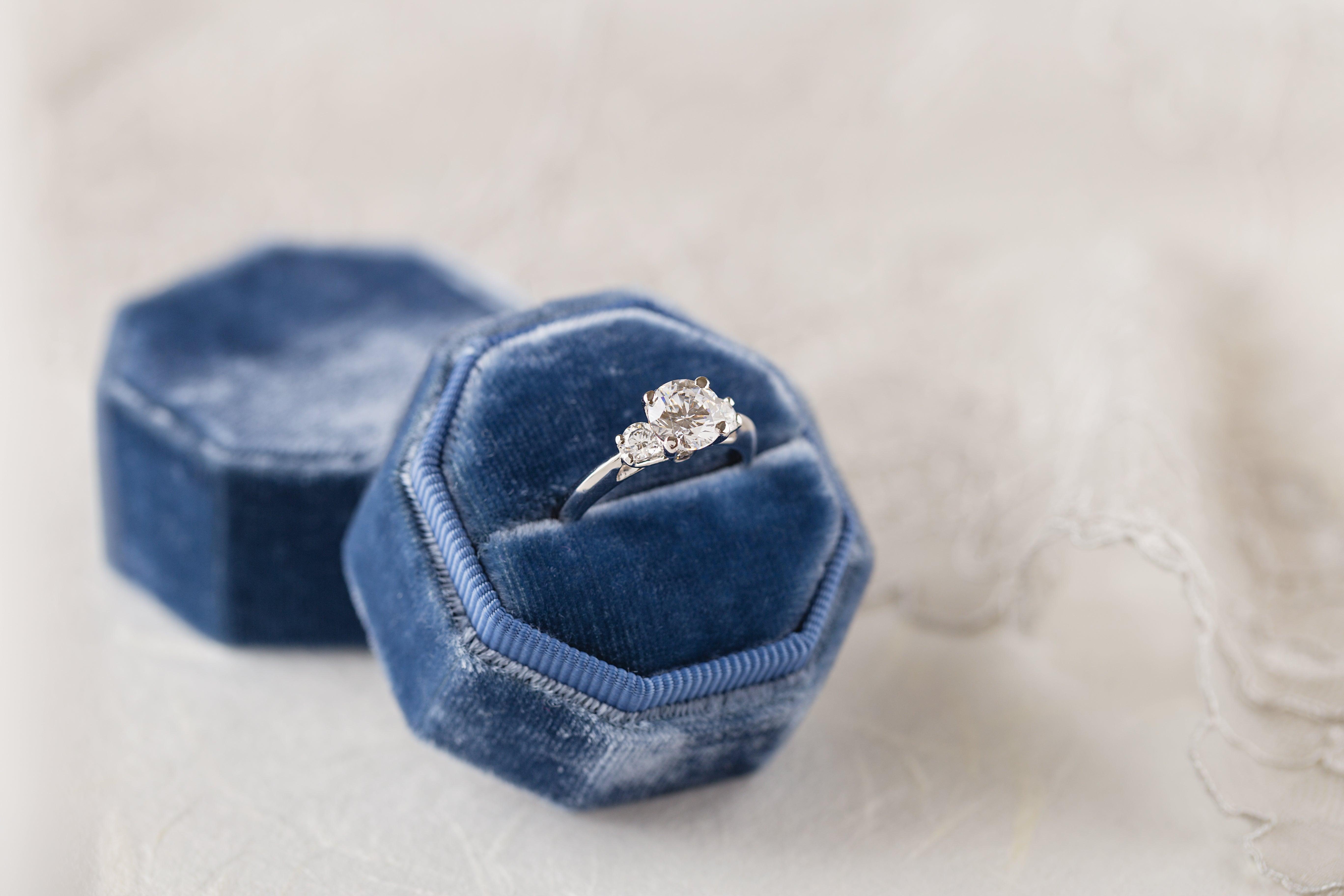
All About Radiant Cut Diamonds
In the 1970s Henry Gossard combined two kinds of faceting styles to create one of the most popular diamond shapes of all time. Originally patented by Grossbard, demand for radiant cuts has rapidly increased, and has been repeatedly replicated now that the patent has lapsed.
In a Vogue interview, GIA-graduated gemologist Olivia Landau noted that “women who like radiant cuts tend to be bubbly and outgoing,” and that it is a great shape for those who are looking for a sparkle and flash in a rectangular shape.
The radiant cut, a modern classic, has timeless features that will make it fashionable for the foreseeable future. Perhaps that’s why it graces the likes of Drew Barrymore, Jennifer Aniston and Khloe Kardashian. Radiant cut engagement rings, radiant cut diamond rings and other jewelry are all increasingly popular as consumers look for more ways to express their personality, and as they find out that radiant cuts are a more cost-effective option compared to many other cuts.
What are Radiant Cut Diamonds?
Similarly shaped to emerald cuts, they are square or rectangular with cropped corners, enough to make them octagonal.
A mix of faceting styles, they have the outline of an emerald cut with the sparkle of a brilliant cut. Up to or more than 70 facets scintillate, refract and reflect light producing the “crushed ice” or “crushed glass,” look expected from brilliant cut stones.
Radiant cuts all fall on a spectrum between squared or elongated (rectangular). Proportions are especially important, since they will directly affect the nature of the light performance within the stone.

Why and How to Buy a Radiant Cut Diamond
Radiant cuts are less bottom heavy than round cuts or princess and therefore are most cost effective per carat- with more visible diamond on the table than lost deep in the pavilion. Of course, this is not the case for every stone, but as a rule, they can look much larger than round brilliant stones of the same carat size.
Like some other modified brilliants, radiant cut diamonds have the ability to transform the color of a diamond. Many stones initially of a dark tint show up much lighter, if tinted at all, when cut or re-cut into radiant cuts.
They also mask some inclusions, unlike emerald cuts, which expose the inside of the diamond and reveal any inclusions or blemishes, however small. Therefore, a radiant cut diamond can appear eye-perfect at a lower clarity rating than an emerald cut diamond.
Symmetry is definitely a goal with radiant cut diamonds. Make sure to check that the culet is centered, that the sides are parallel, and avoid corners that are uneven. You don’t want them too wide or too narrow.

Ratios & proportions are helpful pieces of information that can give you an idea of the diamond, but not crystal clarity in understanding whether that diamond is right for you. You should always see a stone in person if at all possible.
It is always best to see the report on a diamond from a third party agency, such as GIA and IGI, used by Michael Gabriels for all of our diamonds. In the report you will find the grades for the 4cs (insert Hyperlink) as well as the proportions and ratios. While proportions and ratios may vary greatly between one diamond and another, it has been our experience that many different combinations can be equally appealing and exciting. That being said, here is a basic guide for what you may want to keep an eye out for:
|
Excellent Cut |
Very Good |
Good |
|
|
Depth % |
61-69% |
57-60% or 70-71% |
55-57% or 71-73% |
|
Table % |
61-67% |
59-61% or 68-71% |
56-59% or 71-74% |
|
Gridle |
Moderately Thin to slightly thick |
Rather thin to thick |
|
|
Culet |
none |
None or very small |
Very small |
What are the Best Settings for Radiant Cut Diamond Engagement Rings?
Solitaire settings are well suited for radiant cuts. Their cropped corners are easy to secure, and are not in as much danger of chipping or fracturing as are the sharp corners of other square cuts. Unless the stone in question has a very thin girdle, you can use delicate prongs to raise the diamond high above the band, allowing for the most amount of diamond to be viewed.
Pave accents, such as a halo, can add scintillation and make the diamond appear even larger.
Accent stones such as trilliums, baguettes, and trapezoids compliment the structure of the diamond, while stones with more rounded features, such as round brilliants, ovals, pears or hearts can add a delightful contrast and personality to the ring.
What are the best jewelry pieces for radiant cut diamonds?
Aside from engagement rings, radiant cut diamonds are very well suited to a vast array of jewelry pieces and styles. Their elegance and playfulness make them perfect for active wear tennis bracelets or other sports jewelry, since they have no sharp corners or edges to snag. They make beautiful center stones for necklaces and pendants. As earrings, try a pair of drops or dangles with one or more radiant cut diamonds to really wow people. Furthermore, the angular shape of the radiant cut diamond earring will add structure to rounded facial features.
Radiant Cut Diamonds Available at Michael Gabriels
Lab grown diamonds
Atomically the same, structurally the same, and chemically the same, lab-grown diamonds differ little from their mined cousins. The main difference really is in how they get to market. Lab-grown diamonds take days to weeks to make, after which they are sent to cutters who grind out the polished diamond, which is then evaluated by a third party, and then sold by a retailer to a consumer. Of course there are few more changes of hand than that, but that's basically what happens.

Mined diamonds take millions of years to form and then must be discovered, dug out of the ground, and only then can be sent to cutters and third party evaluations. Diamond producing labs are often found in industrial centers or near large cities where diamond cutting is already established so that there is less expense spent on shipping. Mines do not have that luxury and are largely found in some of the most remote places in the world. Moreover, they use vast amounts of water, energy and resources and can destroy or vastly alter the land upon which they dig. Only operational temporarily, mines shut down when it is no longer economically viable to excavate the ore, sometimes leaving desolation and toxic chemicals held up in tailings pools. Labs that create diamonds use much less water, energy, can be operated in the same place infinitely, and do not destroy the land or the community upon which they reside.
Especially because of the fewer added costs of machinery, energy, water, land, workers, and multiple long distance shipping, lab-grown diamonds are almost always less expensive than their mined counterparts.
Soho
Instead of being located on busy and bustling 47th street where hawkers and scammers pester you every step of the way; several years ago we relocated to Soho, where it’s a bit more calm and enjoyable for both ourselves and our clients.
NYC Artisans
All our products are made right here in New York City by some of the finest artisans and craftspeople in the world.
Recycled metals
Just as much as we want to avoid the problems associated with mined diamonds, so too does Michael Gabriels strive to avoid mined metals. All our yellow, white and rose gold, and platinum is supplied by a local NY State recycling company that extracts precious metals from landfill and electronic waste. They use renewable energy to power their special process that is designed to extract the most precious metals and produce the least waste possible. Every year they get better at what they do.
Are you ready to pick a radiant cut diamond? Do you have any more questions? Our experts at Michael Gabriels will be more than happy to help you. With more than 100 years of experience through three generations, this family business knows diamonds better than most.
And we love sharing our expertise. While we are happy to show you our selection of lab-grown diamonds and help you select one, we have also made ourselves available to do all the work for you. Simply give us a few basic details, and we pick the very best stone we can find to fit your needs and desires. We’ll show you what we’ve found, and keep searching until you are satisfied.
Then we work with you to create a customized or fully bespoke piece of wearable art utilizing your selected radiant cut diamond or diamonds. Then we work with some of the most accomplished and expert craftspeople and artisans here in New York City to make your one of a kind piece of jewelry. When it's ready for you, we wrap it in our special presentation gift box, and can have it ready for you to pick up, or ship it to a location of your choosing in the US or Canada.
Feel free to inquire on our website or visit us on instagram @michaelgabrielsny.



